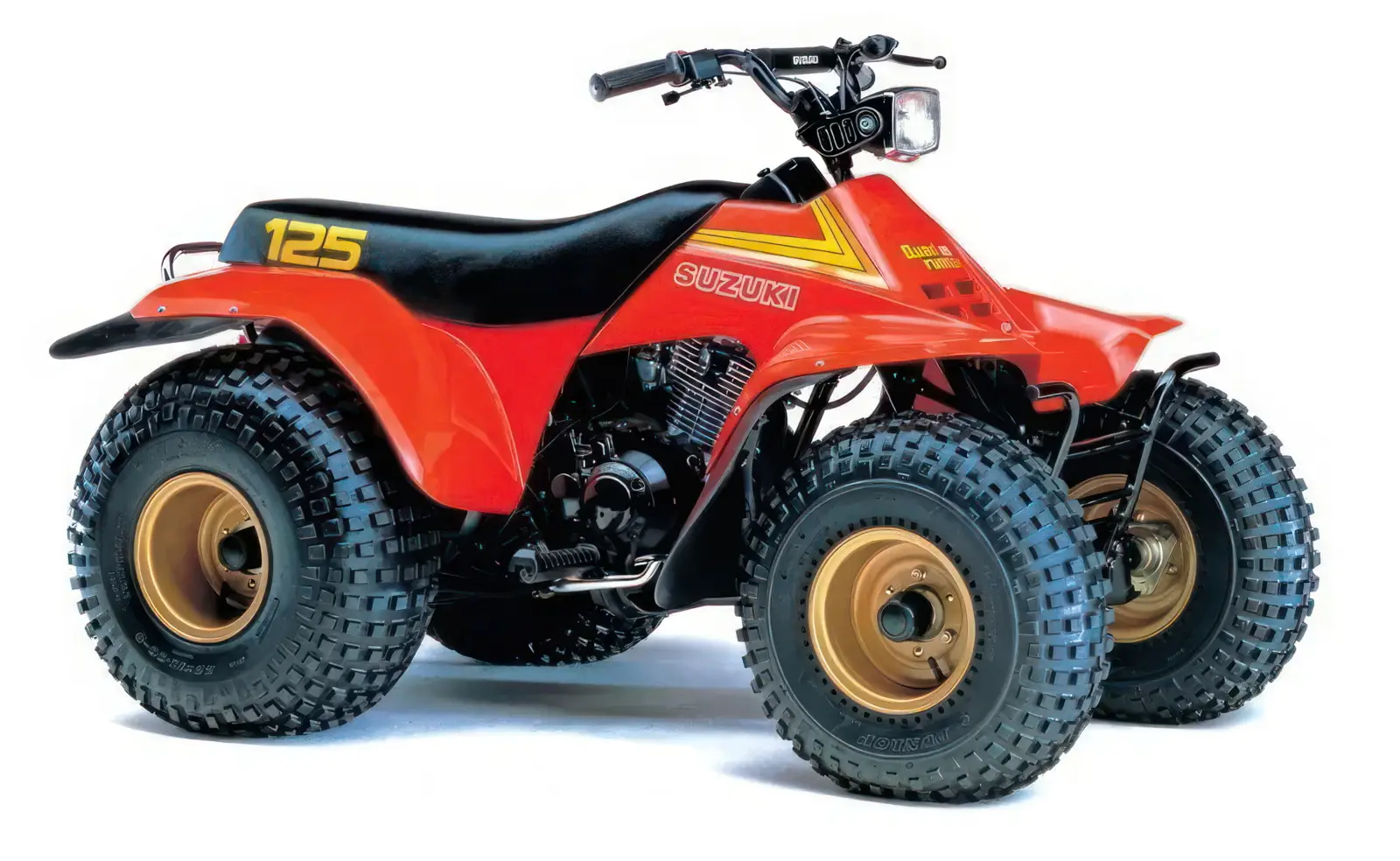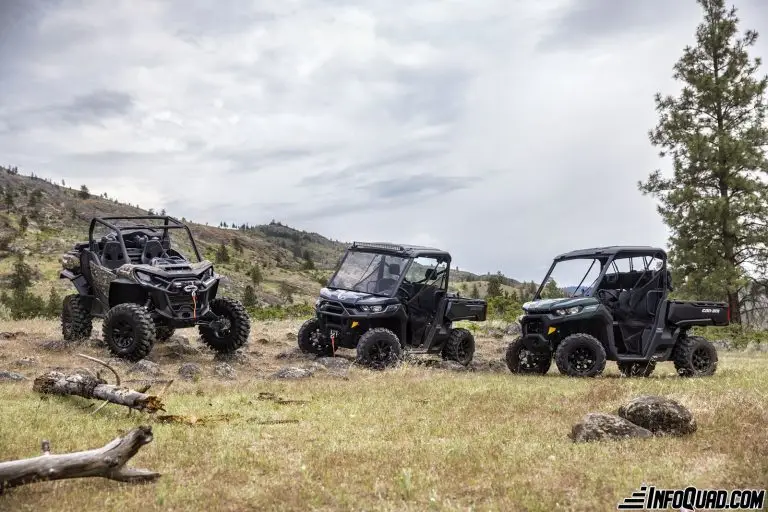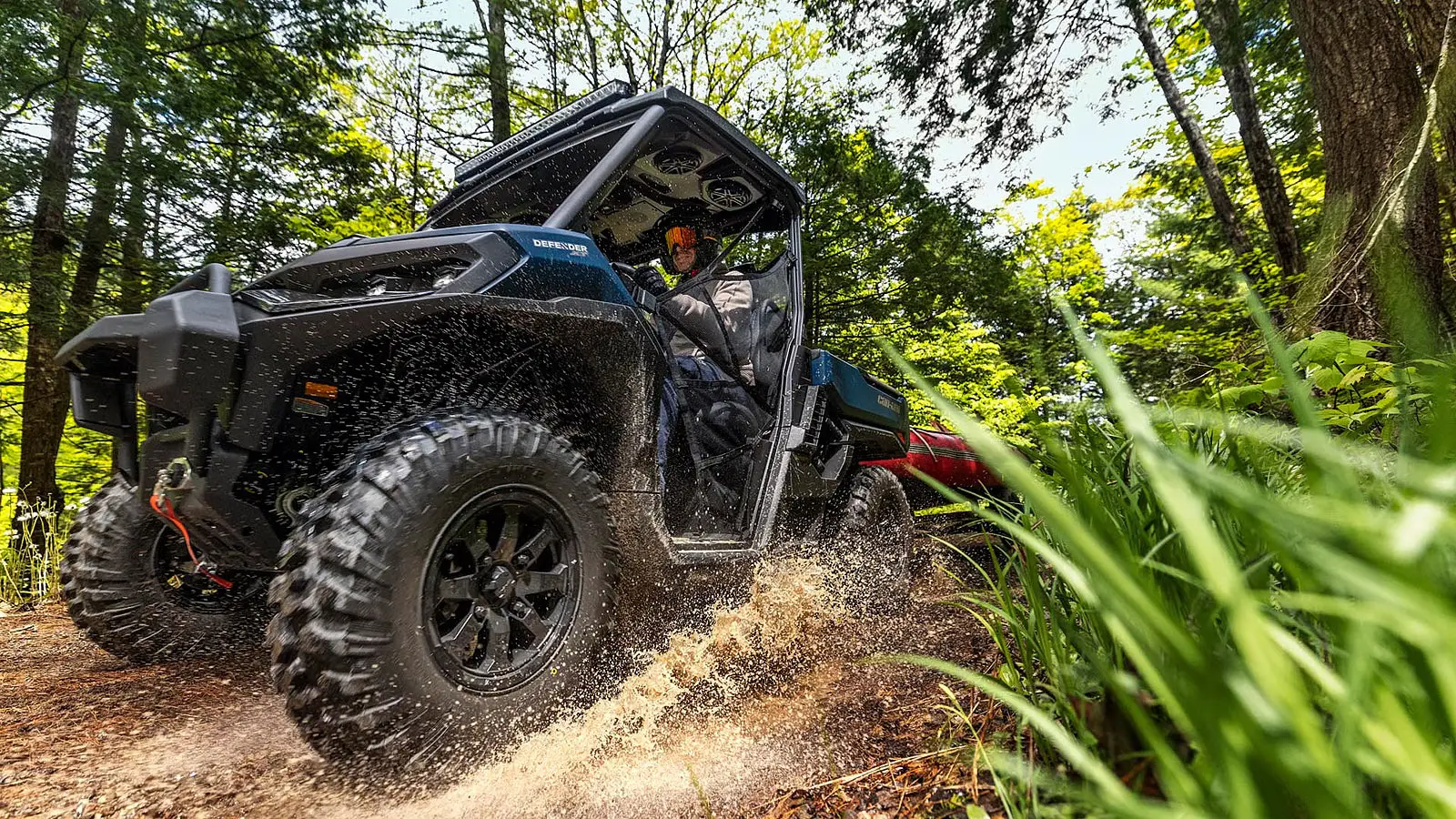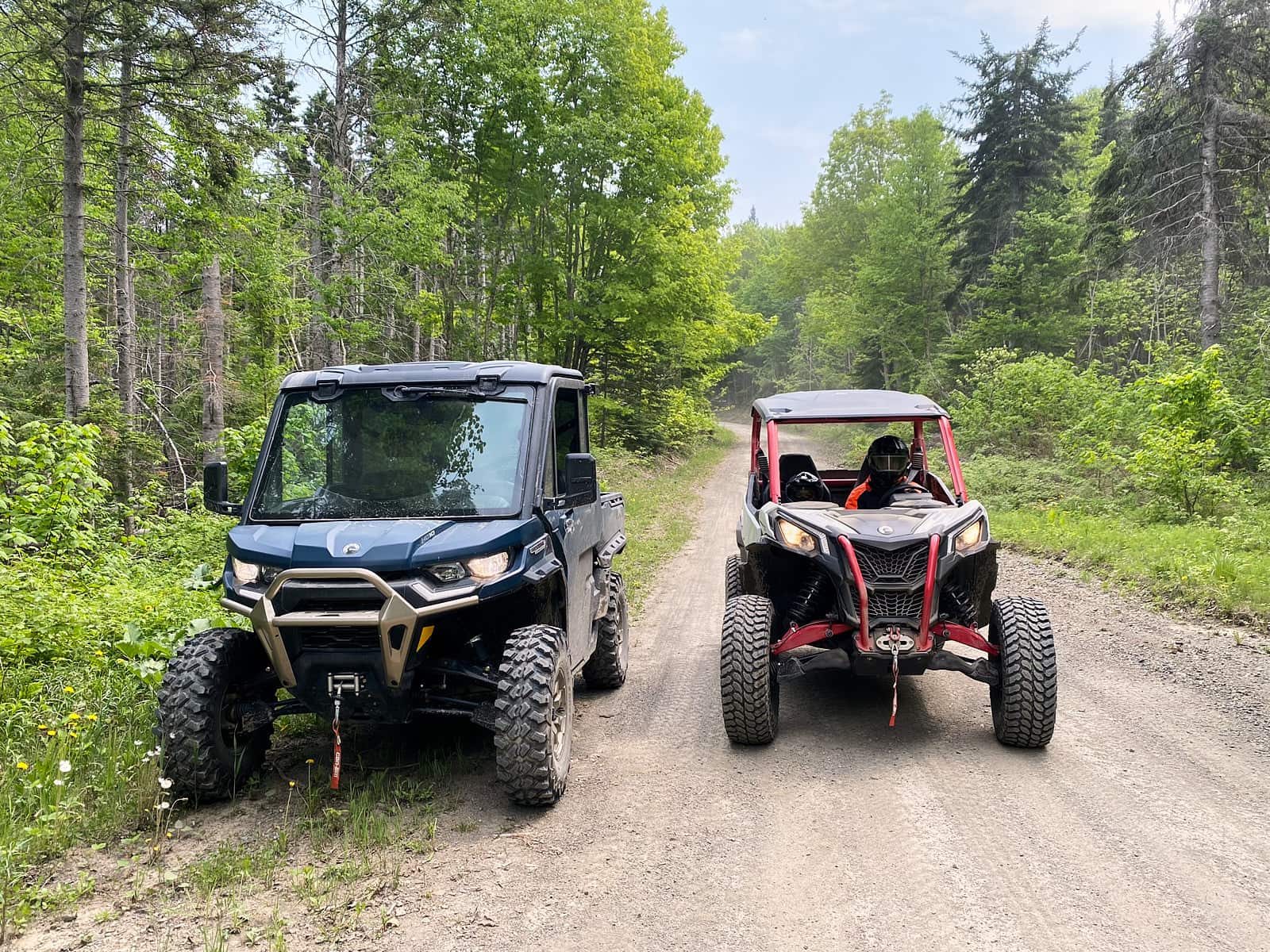Table of contents
ToggleAll-terrain vehicles (ATVs), commonly known as quads, are motorized off-road machines that have garnered significant interest from outdoor enthusiasts for both recreational and professional use. These versatile machines have become popular for their ability to navigate a variety of terrains and trails, offering their riders a unique and exciting experience. In this article, we will explore the different facets of quads. We will start with their history and contemporary usage. Next, we will cover their environmental impact and the safety measures associated with their use.
History of Quads
Quads have their roots in off-road motorcycles and light utility vehicles. The first modern quad was introduced in the 1980s, marking the beginning of a new era in the world of recreational vehicles. More specifically, the first quad to see the light of day was introduced in 1982. This model, branded Suzuki, was called the Quadrunner 125.

It was equipped with an odometer, a five-speed transmission, and reverse gear only. Since then, quads have seen a significant rise in popularity. There have been constant improvements in performance, comfort, and features, making them increasingly attractive to a wide range of users. Today, quads are considered essential utility vehicles within this growing community, comprising several million owners worldwide.
“1983, Suzuki created the first four-wheel ATV: the QuadRunner LT125, the quad was born!” — Suzuki
Versatile Use
The world of quads welcomes a variety of diverse enthusiasts, ranging from sports and recreational fans to professional technicians. In the realm of leisure, quads are greatly appreciated for their ability to traverse off-road trails, climb steep hills, and cross water bodies, offering thrill-seekers an unparalleled experience. Furthermore, numerous technological advancements provide access to a wide selection of all-terrain motorized vehicles of all types, offering a variety of diverse activities. On the professional side, quads are often used in agriculture, forestry, public safety, and other sectors where off-road mobility is essential.

Environmental Impact
While ATVs offer an exciting driving experience, it is important to recognize their impact on the environment. Off-road driving can damage fragile ecosystems, disturb local wildlife, and contribute to soil erosion. Therefore, it is crucial for quad users to respect local regulations and minimize their environmental footprint by practicing responsible and sustainable driving. Many forests and woodlands have been developed so that outdoor enthusiasts can fully enjoy them. From hiking trails to bike paths, it is up to us to take care of them. We must ensure that these designated areas remain accessible and in good condition.
Safety Measures
Due to the all-terrain nature of quads, it is essential for users to take appropriate safety measures to prevent accidents and injuries. This can include wearing protective gear, such as helmets, gloves, and boots, as well as adhering to driving rules and speed limits. Proper training on safe quad riding is also highly recommended for all users, especially beginners. It is important to know that the greatest risk with ATVs is falling. Given the open-body design, an accident while driving a quad can be fatal. This is all the more reason to take necessary precautions against potential mishaps.

Conclusion
In conclusion, quads are versatile all-terrain vehicles (ATVs) that offer a unique and exciting driving experience. Their broad usage spans from recreational activities to professional applications, but it is essential to recognize their environmental impact and take appropriate safety measures to ensure responsible use. By appreciating the various facets of quads, users can fully enjoy these machines while respecting the environment and ensuring their own safety.








